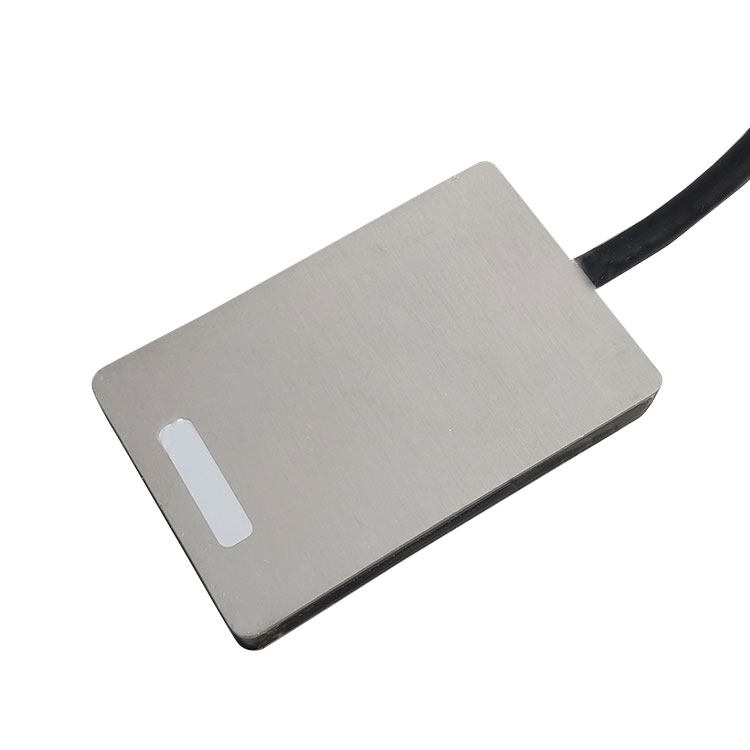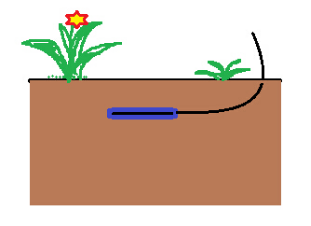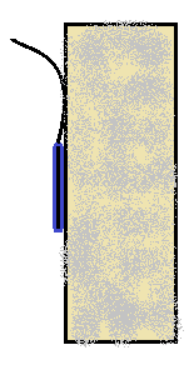Meteorological environment monitoring equipment supplier
Insist on doing high-precision customer favorite technology products

1. Product overview of soil heat flux sensor
Soil heat flux sensor, also known as soil heat flux plate, soil heat flow meter, soil heat flux sensor provides a solution to measure heat flux, mainly used to measure the heat flux of soil, usually, the measured The heat flux values inside the object are relatively small. Can be used for soil internal measurements. It outputs in the form of voltage through a thermopile, the voltage is proportional to the heat flux, it is easy to operate, especially suitable for measuring the thermal conductivity of soil and building walls, glass walls. Soil heat flux values measured using heat flux panels buried 2 cm into the soil. During the year, it changes with the seasons. In summer, the soil heat flux is positive, and the heat enters the soil layer, and the value is large; in winter, the soil heat flux is negative, and the soil heat flux is negative. Heat is released to the atmosphere, but to a lesser extent.
2. Application scope of soil heat flux sensor
This product can be widely used in environment, agriculture, forestry, planting, construction, and other fields.
3. Technical parameters of soil heat flux sensor
Power supply voltage: □12-24V□5V
Output signal: □Current type 4~20mA □0-2V □RS485 customized
Measuring range: -200 to 200 w/m2
Internal resistance is less than 300Ω
Measurement accuracy: less than 5%
Heat flow calculation formula
Heat flow (w/m2) = coefficient (w*m-2/mv)*output (mv)
Working current: about 26mA on 12V
4. Functional characteristics of soil heat flux sensor
1. Small size, fast and accurate measurement
2. Low power consumption design, adopting reasonable power consumption control mode
3. Stable performance
5. Measurement method of soil heat flux sensor
1. Soil heat flux sensor measurement method in soil
The board should be placed perpendicular to the direction of heat flow and placed horizontally in the soil layer. The burial depth of the sensor is usually 3-10 cm from the natural underlying surface. Try to avoid setting it directly on the soil surface, because the natural underlying surface is not a geometric plane, and slight fluctuations on the surface will make the sensor readings lose their representativeness. At the same time, the upper surface of the sensor is directly in contact with the air, and radiation errors may also occur. Usually, a representative section is selected in the observation site, and a section is dug vertically downward with a shovel.
Measure the required depth from the soil surface downward along the profile, and then hollow it out in the horizontal direction. The size is just right for placing the heat flow plate, so that the upper and lower sides of the sensor can maintain good contact with the soil. Lead the wires along the profile and then Soil backfill. But it should be noted that the buried depth of the heat flow plate should be the distance between its center line and the soil surface.

2. Measurement method on the wall of soil heat flux sensor
First, apply Vaseline evenly on the surface of the heat flow sensor, and stick the heat flow sensor coated with Vaseline on the wall surface so that the wall and the heat flow sensor can be in close contact. After staying there for a few minutes, the measurement can be started after the heat flow sensor adapts to the ambient temperature.
